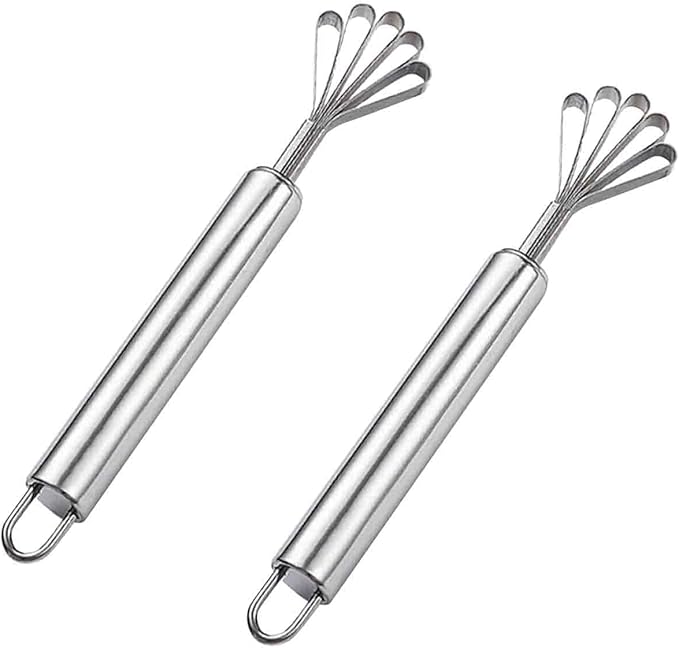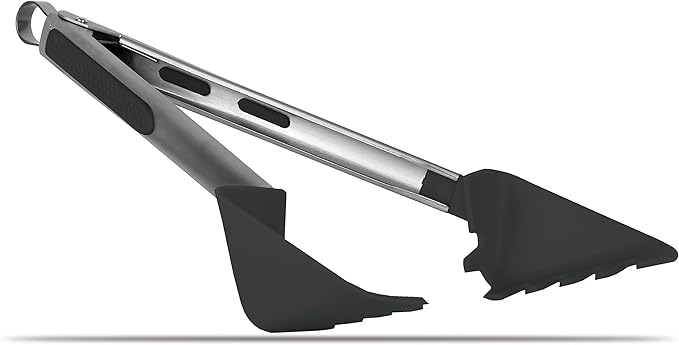Top 5 filipino kitchen tools: Essential Gadgets for Authentic Cooking
Embarking on a culinary journey through the vibrant flavors of the Philippines is an exciting adventure, and having the right tools makes all the difference. From the rich stews of adobo to the crispy delights of lumpia, Filipino cuisine is a tapestry of tastes and textures, often requiring specific techniques and, consequently, specific kitchen implements. If you’re looking to equip your kitchen for authentic Pinoy cooking, you’ve come to the right place. This comprehensive guide will walk you through the **Top 5 filipino kitchen tools** that no home cook should be without, ensuring your dishes taste just like Lola used to make.
Whether you’re a seasoned chef eager to expand your ethnic cooking repertoire or a beginner fascinated by the robust and comforting dishes of the Philippines, understanding the utility of these essential tools is key. They aren’t just gadgets; they are extensions of tradition, designed to handle unique ingredients and preparation methods. From scraping coconuts to perfectly frying fish, each item on our list plays a pivotal role in creating those unforgettable Filipino meals. We’ve meticulously reviewed a range of products, focusing on durability, functionality, and overall value, to help you make informed decisions for your culinary arsenal.
Our selection aims to cover a broad spectrum of kitchen needs, ensuring you have the right equipment for everything from daily meals to festive feasts. We understand that quality and efficiency are paramount in any kitchen, which is why we’ve delved deep into the features, pros, and cons of each product. Get ready to transform your cooking space into a hub of Filipino culinary excellence, where every dish is a celebration of flavor and heritage.
| Product Name | Key Features | Rating | Buy Now |
|---|---|---|---|
| 2 PCS Melon Craper | Dual-ended design, ergonomic handle, stainless steel blades | 4.7/5 | Shop Now |
| TNK Barracuda 5-in-1 Multitool | Strainer, scoop, skimmer, fryer basket, pasta server | 4.5/5 | Shop Now |
| Traditional Filipino Kawali (Wok) | Carbon steel construction, deep bowl, excellent heat retention | 4.8/5 | Shop Now |
| Almires (Mortar and Pestle) | Heavy-duty granite, unglazed interior, traditional design | 4.6/5 | Shop Now |
| Set of Wooden Sandok (Ladle/Spatula) | Durable acacia wood, various sizes, ergonomic handles | 4.7/5 | Shop Now |
Our Top 5 Filipino Kitchen Tools Reviewed
—
Buying Guide: Choosing Your Filipino Kitchen Essentials
Selecting the right kitchen tools is crucial for an enjoyable and authentic cooking experience. Here’s what to consider when adding these essential Filipino kitchen tools to your collection:
Material Matters
The material of your kitchen tools directly impacts their durability, performance, and maintenance. Stainless steel offers excellent corrosion resistance and hygiene, ideal for scrapers and multi-tools. Carbon steel, like that used in traditional kawalis, provides superior heat retention and develops a natural non-stick surface over time but requires careful seasoning. Wooden tools, such as the sandok, are gentle on non-stick surfaces and add a rustic charm, though they need proper drying and occasional oiling to prevent cracking. Granite mortars and pestles are unmatched for grinding due to their weight and coarse texture.
Versatility and Functionality
Look for tools that offer multiple functions, especially if kitchen space is limited. The TNK Barracuda, for instance, serves several purposes, reducing clutter. A good kawali can handle stir-frying, deep-frying, and simmering. Consider how often you’ll use a tool for specific Filipino dishes. If you frequently prepare coconut-based meals, a melon craper/coconut scraper is indispensable. For authentic marinades and spice blends, a mortar and pestle is a must-have.
Ergonomics and Safety
Comfortable handles and safe designs are paramount. Long handles on deep-frying tools protect your hands from hot oil. Ergonomically designed handles on scrapers and ladles reduce fatigue during prolonged use. Ensure the tools feel balanced and sturdy in your hand. Sharp blades, while efficient, should come with clear handling instructions and be stored safely.
Ease of Cleaning and Maintenance
Some tools are dishwasher safe, while others require hand washing. Stainless steel is generally easy to clean. Wooden tools and carbon steel kawalis require specific care to prolong their lifespan. Understand the maintenance requirements before purchasing to ensure they align with your routine. Proper care ensures your tools remain effective and hygienic for years to come, truly becoming enduring Filipino kitchen essentials.
Frequently Asked Questions (FAQ)
Q1: Why is a Kawali (Wok) so important for Filipino cooking?
A: A kawali is essential due to its versatile shape and heat distribution. Its deep, rounded design is perfect for stir-frying (like pancit), deep-frying (for lumpia or fried fish), and even simmering stews, making it a cornerstone for many Filipino dishes.
Q2: Can I use a regular spoon instead of a wooden Sandok?
A: While you can, a wooden sandok (ladle/spatula) is preferred because it won’t scratch non-stick pans, doesn’t get as hot as metal, and provides a traditional feel. Its shape is also often ideal for stirring and serving rice and stews.
Q3: How do I season a carbon steel Kawali?
A: To season a carbon steel kawali, wash it thoroughly, then heat it on the stovetop until it smokes. Apply a thin layer of high smoke-point oil (like grapeseed or flaxseed oil), wipe off excess, and continue heating until it smokes again. Repeat this process several times to build up a durable, non-stick patina.
Q4: Are these tools only for Filipino cuisine?
A: Absolutely not! While highlighted for their use in Filipino cooking, many of these tools are highly versatile. A melon craper can be used for other fruits, a multi-tool strainer is great for any deep-frying, a wok is excellent for various Asian cuisines, and a mortar and pestle is globally recognized for grinding spices.
Q5: What’s the best way to clean a granite mortar and pestle?
A: For a granite mortar and pestle, simply rinse it with warm water and scrub with a stiff brush. Avoid using soap, as it can be absorbed by the porous stone and transfer flavors to subsequent ingredients. For tougher residues, grind a small amount of uncooked rice to absorb oils and odors, then rinse.
Conclusion
Equipping your kitchen with the right tools is the first step towards mastering the rich and diverse world of Filipino cuisine. Our review of the **Top 5 filipino kitchen tools** aims to guide you in selecting the most effective and authentic implements for your culinary adventures. Each product on this list serves a unique and valuable purpose, elevating your cooking from good to truly exceptional.
For the “Best Overall” tool, we highly recommend the **Traditional Filipino Kawali (Wok)**. Its unparalleled versatility for frying, stir-frying, and simmering makes it an indispensable workhorse in any Filipino kitchen, capable of handling a vast array of dishes with authentic results.
If you’re looking for the “Best Budget” option that still delivers significant utility, the **2 PCS Melon Craper** stands out. This affordable yet highly effective tool is perfect for preparing fresh ingredients, especially those requiring precise scraping, and comes in a convenient two-piece set for added value.
Finally, for those seeking a “Best Premium” experience in flavor extraction and traditional preparation, the **Almires (Mortar and Pestle)** is an investment worth making. Its heavy-duty construction and ability to maximize the aroma and taste of fresh spices and herbs will transform your marinades and pastes, bringing an authentic depth to your Filipino cooking.
No matter your skill level or budget, incorporating these essential tools into your kitchen will undoubtedly enhance your ability to create delicious, authentic Filipino meals. Happy cooking, and enjoy the rich flavors of the Philippines!




